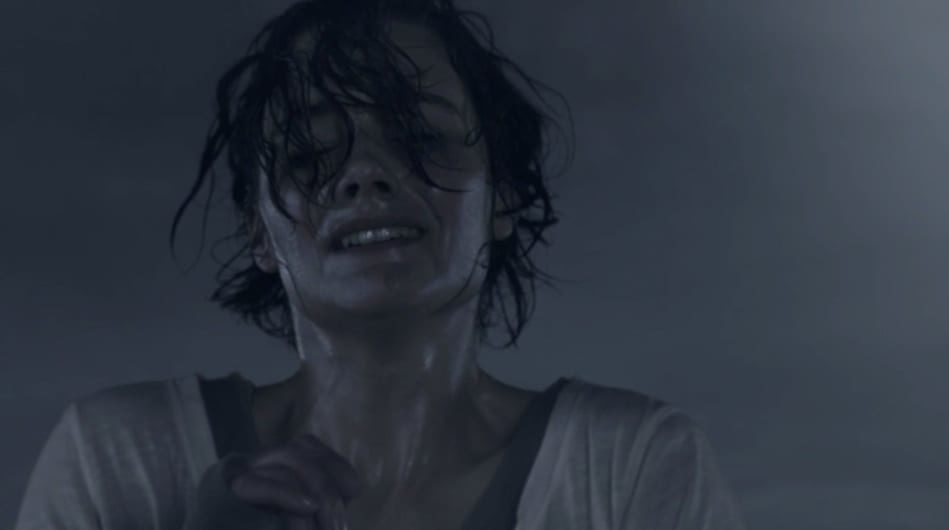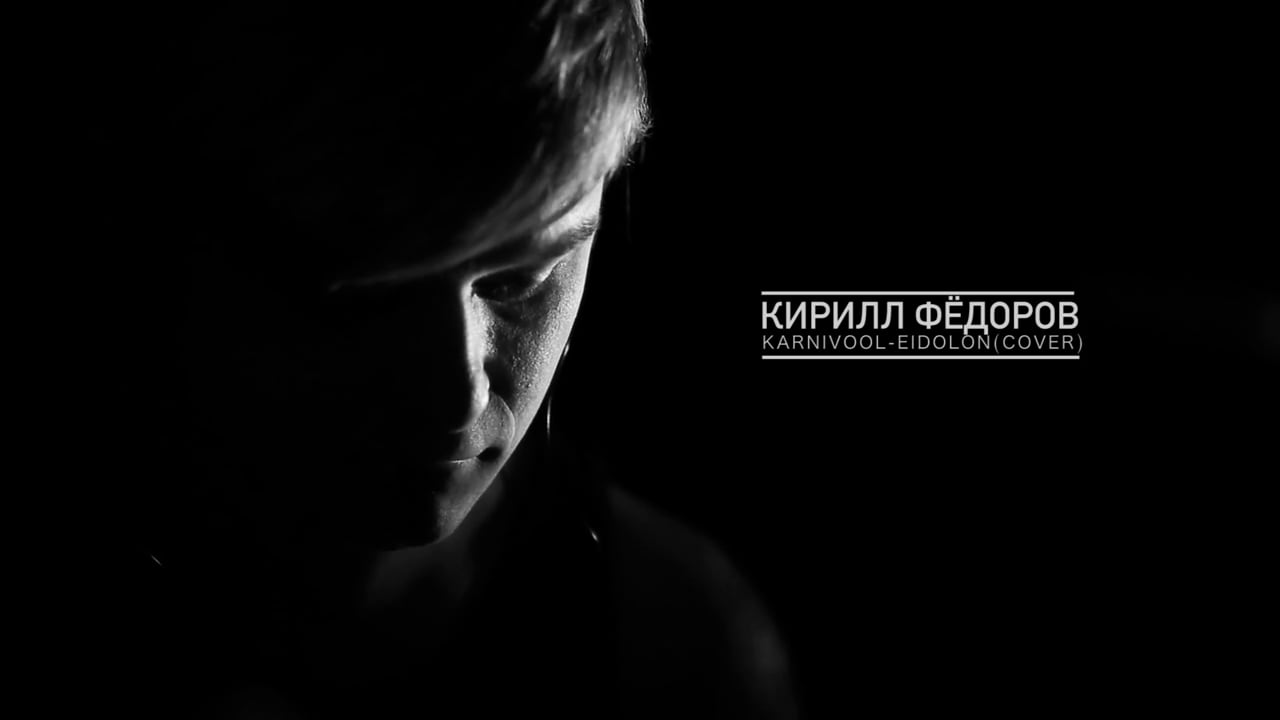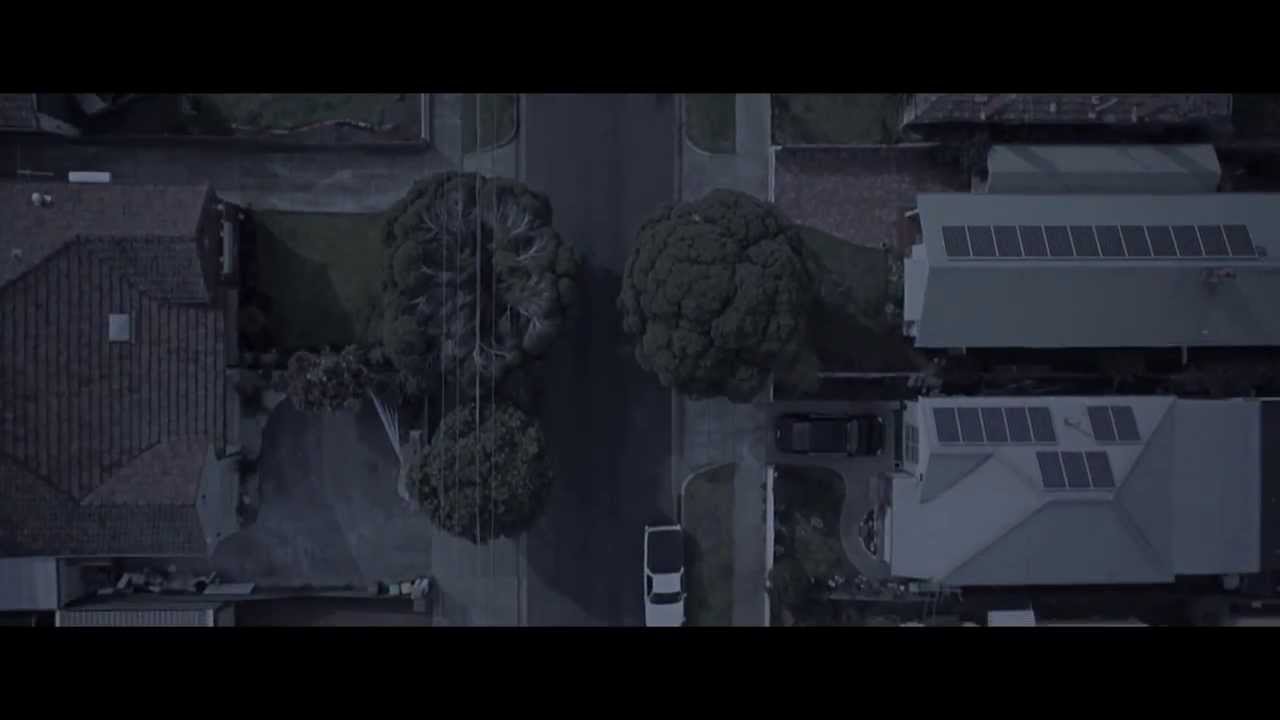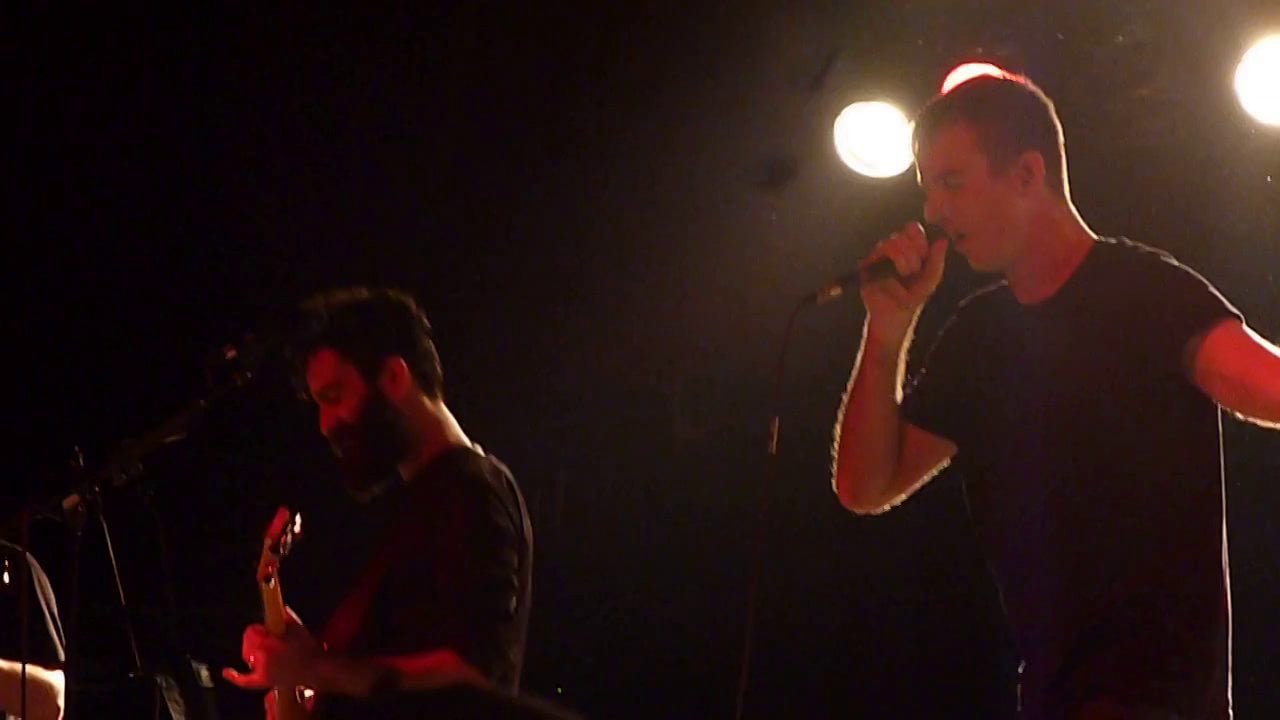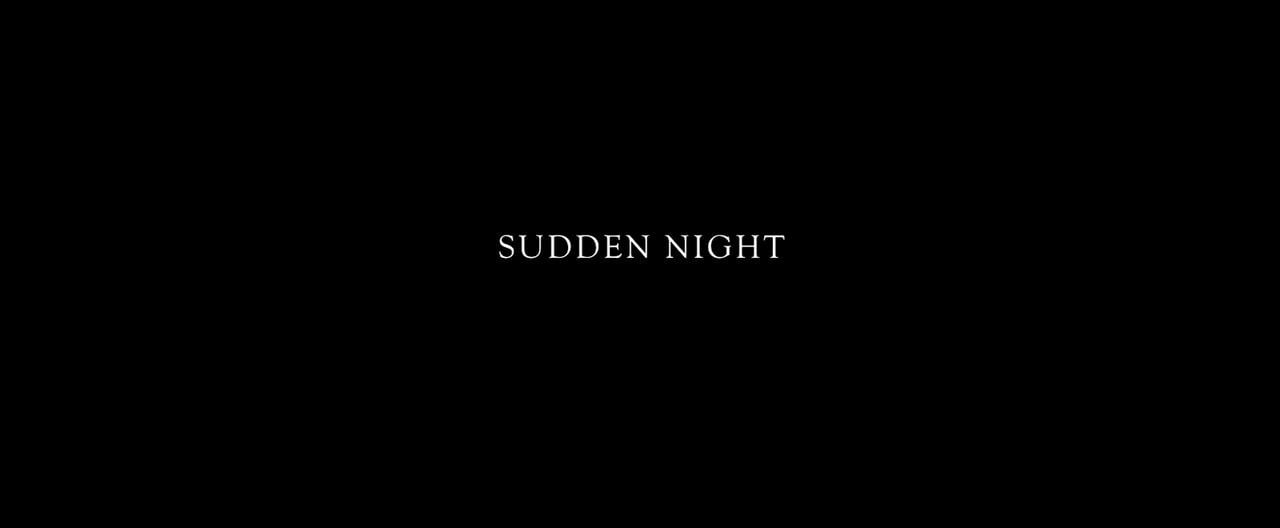Explosions is different from your other work in that it follows a non-linear narrative and is more abstract. How did the idea come about and how did you evolve it?
That’s interesting, people describe the piece as abstract and non-narrative but I feel it has possibly the clearest narrative of any of my more conventional drama work.
Perhaps it’s the absence of dialogue that throws people, or the lack of an explanation for the events that take place. The viewer is certainly thrust right into the action so to speak. It’s funny because people come to me and say they were moved, but didn’t “understand” the film. Then when I ask them to interpret the basic plot they nail it every time. Anything beyond that will hopefully be created in the mind of the viewer.
The idea came from a single image I had in mind; a pair of feet floating up past a streetlight. I wanted to create an inexplicable scenario – something that would seem foreign and create a sense of wonder. I was also referencing Christian eschatology; namely, the Rapture, as well as elements of Eastern philosophy and theology. This led me to the concept of a non-violent, transcendental “Explosion”. An explosion of the inner self as opposed to the body.
I was also interested in the power of iconography, both religious and secular. One of my aims was to fetishise certain objects (such as streetlights) to the point where they would transform from objects to icons. Unlike certain established icons, I wanted to leave the “meaning” of these newly created icons open to interpretation.
Formally, I became interested in the possibility of telling this story using only the barest and perhaps most visceral of cinematic elements – namely moving pictures and music.
There’s no superfluous footage, every frame feels considered, which adds to the impact of the film. Did this come about in the edit or did you storyboard the visuals in detail in pre-production?
I created a 3d animatic in pre-production, which is essentially a very crude 3d animation of the entire film. We stuck very closely to this throughout the shoot, although in the edit I excised several shots that detracted from our focus on the central character. I saw the film as being only one step removed from an animation, as 90% of the environments were created in post production and our live action actors had to then be composited into this world. As with animation, you don’t get anything for free; meaning that you have to create the world from scratch, you can’t just point a camera at something and gather content for your film that way. I think as a result, you learn to be disciplined in what you show, because every shot takes so long to create. Further to this, I greatly admire and seek inspiration from film-makers who are masters of precision; Bresson, Haneke, Ceylan and Kubrick to name a few.
Special Effects are an integral part of the storytelling in Explosions? Where does your understanding of cgi come from?
I have no formal training in visual effects, but began creating cgi elements for my own films when required, which led to me working professionally as a visual effects artist and broadcast designer for several years.
You’ve integrated b&w and colour very effectively. Please tell us what you shot it on and how. Did you collaborate closely with the dp?
I often work with very muted colour palettes; they seem monochromatic but actually there is still some colour in the there. I think this stems from my fear of misusing colour when I was less experienced. The film was shot by a very talented young cinematographer named Edward Goldner – he was 22 at the time. We’ve since worked a lot together and become good friends. We collaborated very closely to control every element in Explosions, using the Red Epic camera for the entirety of the shoot. The camera had just been released when we shot, and was not yet fully functional. For example, you couldn’t play back a take in-camera at the time, so there was a lot of waiting for the data wrangler to process the shots to see if they were in focus. Kind of like the days of film in a way.
With Explosions, I always intended to have a very muted, cool palette that would be punctuated by the yellowy orange of the sodium vapour streetlights. I’ve been obsessed with streetlights for a long time – since I was a child. I find them almost indescribably beautiful, like etherial sculptures. I hope I’ve successfully conveyed my fetish to the audience!
Quick potted history please of your film-making background.
Studied film at university. Have been lucky enough to be fully funded for three of my short films. Made a lot of music videos and music of my own in between.
What are the key lessons you’ve learnt about film-making thus far?
It’s been said by many of the greats and after a couple of ordeals I now always heed their advice; wear comfortable shoes!
You’ve directed music videos and short films, would you like to direct commercials?
Yes I’m in the process of breaking into the commercial arena at the moment. I’m excited to take on this new challenge, and I have a great executive producer in Nik Beachman at Thick As Thieves. Nik is not only a highly experienced and respected commercial practitioner, but a true cineaste.
